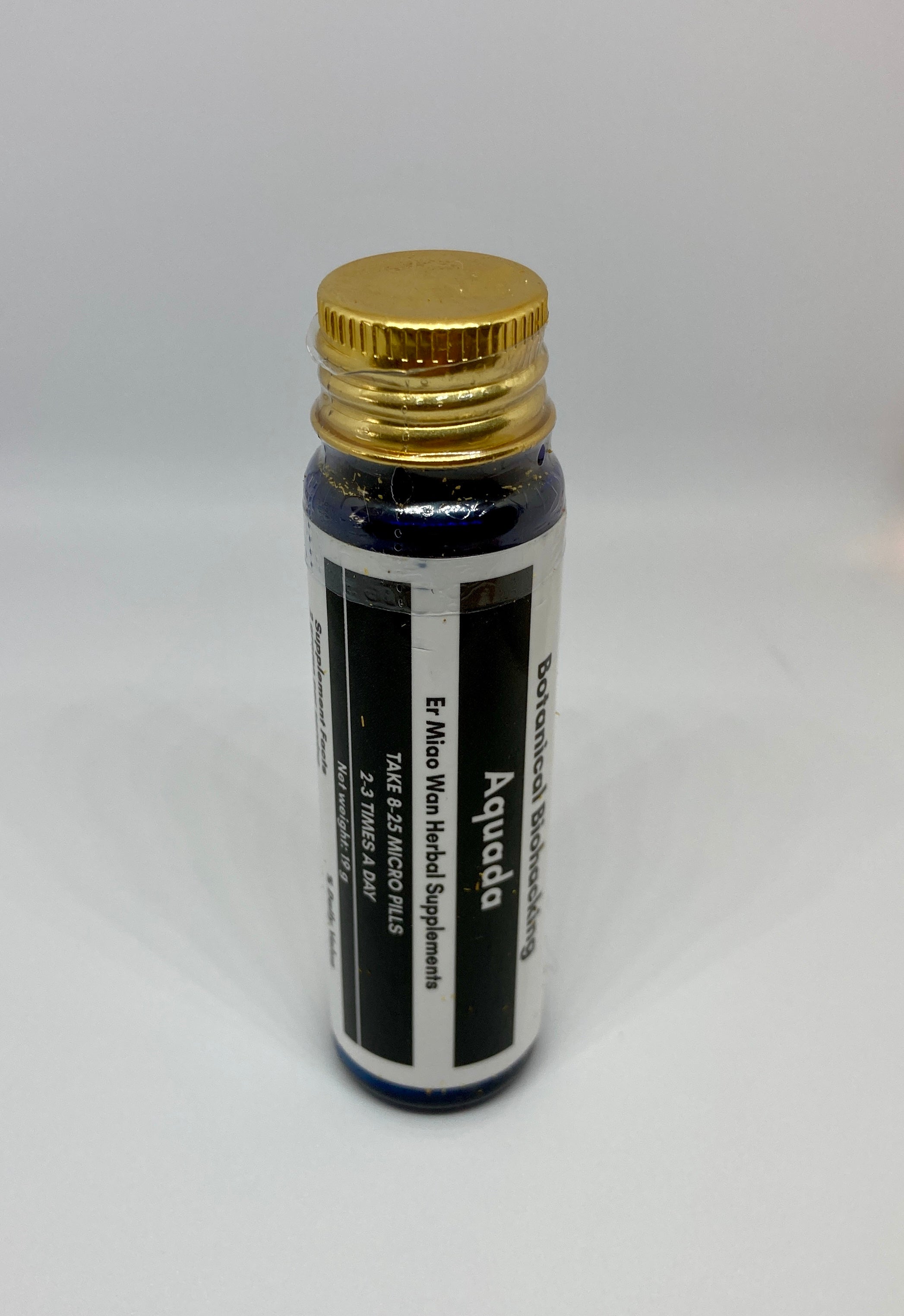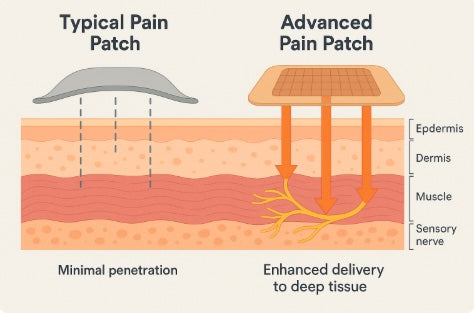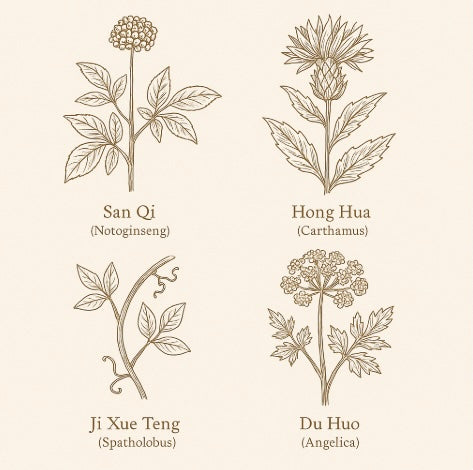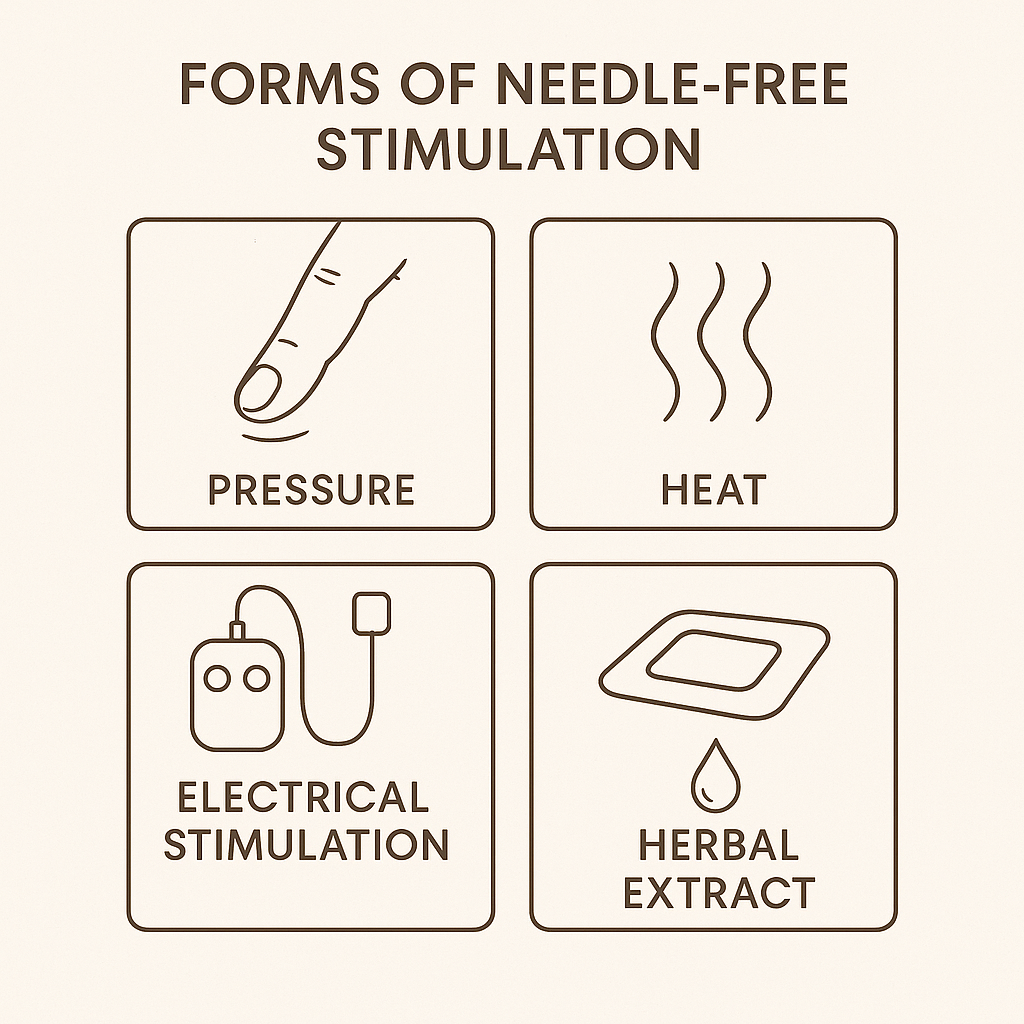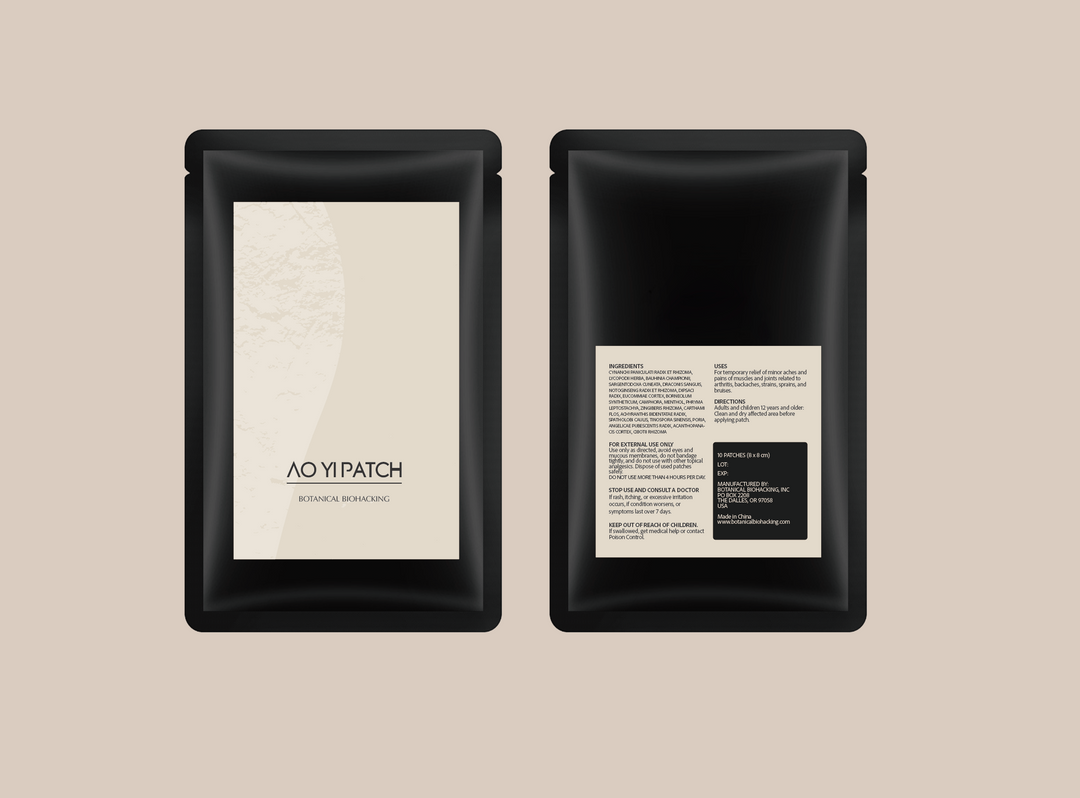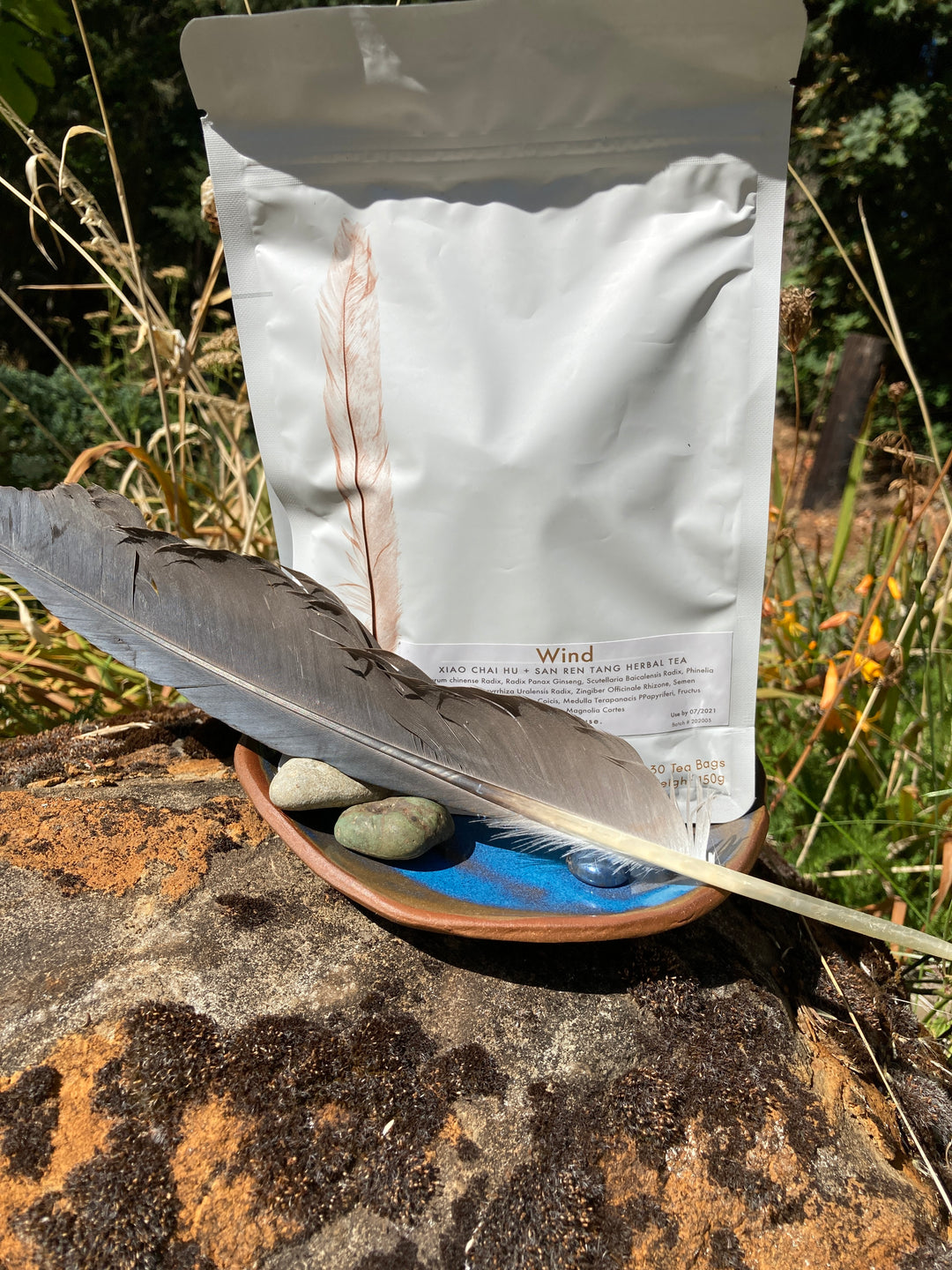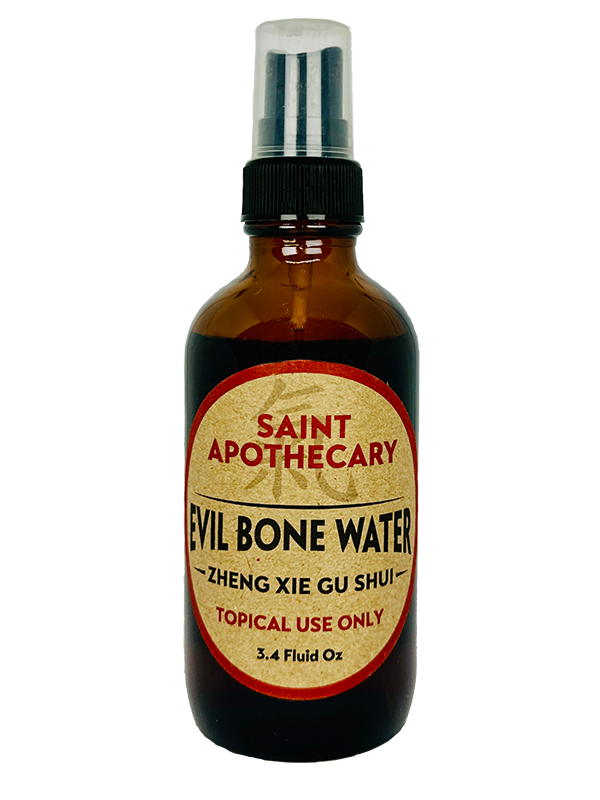The Problem with Quick-Fix Pain Solutions (And What Actually Works Long-Term)
The Problem with Quick-Fix Pain Solutions (And What Actually Works Long-Term)
What if every time you "managed" your pain, you were actually making it harder for your body to heal itself?
Over the past three weeks, we've explored how your body contains sophisticated healing mechanisms, natural pathways for pain relief, and has access to powerful herbal allies that have been helping people overcome chronic pain for thousands of years. Today, we need to address the elephant in the room: why our culture's obsession with quick fixes might be the very thing keeping you stuck in a cycle of chronic pain.
The uncomfortable truth is that most conventional approaches to pain management aren't designed to heal you—they're designed to make you feel better temporarily while keeping you dependent on ongoing treatment. It's time to understand the difference between masking pain and actually resolving it.
The Masking vs. Healing Dilemma
Picture this scenario: You wake up with a throbbing headache, pop a couple of ibuprofen, and within an hour you feel fine. Problem solved, right?
Not exactly. What you've done is temporarily interrupted your body's pain signals without addressing why your head was hurting in the first place. Maybe it was dehydration, stress, poor sleep, or tension in your neck muscles. The ibuprofen didn't fix any of those underlying issues—it just told your brain to stop noticing them for a while.
This same pattern plays out with chronic pain conditions every single day. We've become so focused on eliminating the sensation of pain that we've forgotten to ask the most important question: What is my body trying to tell me?
Pain as Communication, Not Enemy Traditional Chinese Medicine has always viewed pain differently than Western medicine. Rather than seeing pain as something to defeat, it's understood as valuable information about imbalances in your body's energy systems. When you mask this communication without addressing its cause, you're essentially putting tape over your car's check engine light and continuing to drive.
The Hidden Costs of Symptom Suppression
Most people don't realize that constantly suppressing pain signals can actually interfere with your body's natural healing processes:
Delayed Healing Response: When pain signals are blocked, your body may not mobilize its full healing resources to address the underlying problem. Inflammation, while uncomfortable, is often part of the repair process. Constantly suppressing it can slow tissue healing.
Compensatory Patterns: When one area of pain is masked, your body often develops compensatory movement patterns that create new problems. Many people find that treating one area of pain leads to new pain elsewhere—a clear sign that root causes weren't addressed.
Tolerance and Dependency: Whether we're talking about prescription medications or over-the-counter pain relievers, your body adapts to their presence. What worked six months ago may barely help today, leading to an escalating cycle of stronger medications or more frequent dosing.
Masking Progressive Conditions: Some types of chronic pain signal ongoing tissue damage or degenerative processes. Masking these signals without addressing their cause can allow conditions to progress unchecked, leading to more serious problems later.
The Addiction Crisis Nobody Talks About
When we think about pain medication addiction, most people picture prescription opioids. But there's a subtler form of dependency that affects millions of people who consider themselves "responsible" medication users.
The Over-the-Counter Trap: Regular use of ibuprofen, acetaminophen, or aspirin can lead to rebound headaches, gastric problems, liver stress, and cardiovascular issues. Many people find themselves taking these medications daily "just in case," creating a cycle where stopping the medication actually increases pain temporarily.
The Convenience Addiction: Even non-medication approaches can become problematic when they focus solely on symptom relief. Ice packs, heating pads, and basic pain patches can become crutches that prevent you from addressing underlying movement patterns, postural problems, or lifestyle factors that contribute to chronic pain.
The Quick-Fix Mindset: Perhaps most importantly, constantly reaching for immediate relief can prevent you from developing the patience and commitment needed for approaches that actually resolve pain at its source.
How Traditional Chinese Medicine Views Pain Differently
While Western medicine often treats pain as a simple input-output problem (pain signal = block signal), Traditional Chinese Medicine recognizes pain as part of complex patterns that involve your entire system:
Qi Stagnation: Most chronic pain involves areas where your body's energy (qi) has become blocked or stagnant. Rather than just blocking pain signals, traditional approaches focus on restoring smooth energy flow.
Blood Stasis: Chronic pain often involves areas where circulation has become compromised. Instead of masking discomfort, traditional treatments work to restore healthy circulation and remove metabolic waste that can cause ongoing irritation.
Organ System Imbalances: Traditional Chinese Medicine recognizes that pain in one area often reflects imbalances in organ systems that support that area. For example, chronic back pain is often related to kidney system weakness, while shoulder pain may involve liver system stagnation.
Constitutional Factors: Your individual constitution—whether you tend toward heat or cold, excess or deficiency—influences both why you develop certain types of pain and what approaches will be most effective for resolving it.
The Transdermal Advantage: Why Topical Treatments Excel
Given the problems with oral pain medications, you might wonder if topical treatments are just another form of symptom masking. The answer depends entirely on what's in the topical treatment and how it works:
Targeted Delivery Without Systemic Effects: Quality topical treatments can deliver therapeutic compounds directly to areas that need them without subjecting your entire system to medication effects. This allows for more intensive treatment of specific areas while minimizing side effects.
Sustained Release for Deep Healing: Unlike oral medications that create peaks and valleys in your bloodstream, advanced topical treatments can provide sustained release of active compounds over many hours, supporting your body's natural healing rhythms.
Acupuncture Point Activation: The most sophisticated topical approaches don't just deliver medicine to the skin—they're formulated to stimulate acupuncture points and meridian pathways, addressing the energy blockages that underlie chronic pain.
Supporting Natural Processes: Rather than blocking your body's signals, advanced herbal formulations work to enhance your body's own healing mechanisms, supporting circulation, reducing inflammation, and restoring energy flow.
Real Stories: The Difference Between Managing and Healing
Sarah's Back Pain Journey: Sarah spent three years managing chronic lower back pain with a combination of ibuprofen, muscle relaxers, and weekly massage. While these approaches provided temporary relief, her pain levels gradually worsened, and she found herself needing stronger interventions just to maintain the same level of comfort.
Everything changed when she discovered a comprehensive approach that combined acupuncture point stimulation with traditional herbal formulations. Instead of just masking her pain, this approach addressed the underlying qi stagnation and blood stasis that were causing her discomfort. Within six weeks, not only was her pain significantly reduced, but she had more energy and better sleep than she'd experienced in years.
Michael's Knee Pain Breakthrough: As a weekend athlete, Michael assumed his knee pain was just part of getting older. He relied on anti-inflammatory medications before and after exercise, thinking he was being proactive about injury prevention.
When he learned about Traditional Chinese Medicine approaches to joint health, he discovered that his knee pain was actually related to kidney system weakness and poor circulation. By using a sophisticated herbal patch that stimulated specific acupuncture points while delivering herbs that strengthened his underlying constitution, he not only eliminated his knee pain but found his overall athletic performance improved.
The Science of Comprehensive Healing
Modern research is validating what traditional practitioners have always known: the most effective approaches to chronic pain address multiple aspects of healing simultaneously:
Neuroplasticity: Your nervous system can be retrained to process pain signals differently. Approaches that combine physical stimulation with herbs that support nervous system health can literally rewire your pain pathways.
Epigenetic Factors: Environmental factors, including the herbs and treatments you use, can influence which genes are expressed in your cells. Traditional herbal formulations can actually influence genetic expression in ways that support healing and pain resolution.
Microbiome Connection: Emerging research shows connections between gut health and chronic pain. Traditional formulations that support digestive function while addressing pain can create synergistic healing effects.
Circadian Rhythms: Your body's pain sensitivity and healing capacity follow natural daily rhythms. Sustained-release topical treatments can work with these rhythms rather than against them.
What True Healing Looks Like
When you shift from managing symptoms to supporting actual healing, the experience is qualitatively different:
Progressive Improvement: Instead of needing the same intervention repeatedly, you notice that you need less support over time as your body's own healing mechanisms become more effective.
Whole-System Changes: Pain relief is accompanied by improvements in sleep, energy, mood, and overall vitality—signs that underlying imbalances are being addressed.
Sustainable Results: Rather than temporary relief that fades when treatment stops, you develop resilience that continues even when you're not actively treating.
Reduced Dependency: Instead of needing stronger or more frequent interventions, you find yourself needing less support as your body remembers how to maintain balance on its own.
Your Path Forward: Beyond Quick Fixes
If you're tired of the endless cycle of temporary relief followed by returning pain, it's time to explore approaches that work with your body's natural healing wisdom rather than against it.
The most effective long-term approaches to pain relief combine several key elements:
- Acupuncture point stimulation to restore energy flow
- Traditional herbal formulations that address root causes
- Sustained delivery methods that work with your body's natural rhythms
- Comprehensive approaches that treat you as an integrated system
Next week, we'll explore exactly what to look for in pain relief products and how to distinguish between sophisticated traditional formulations and products that are just capitalizing on the "natural" trend without offering real therapeutic value.
Ready to move beyond temporary fixes? The journey from symptom management to actual healing is one of the most empowering transitions you can make for your long-term health and vitality.
Have you noticed the difference between treatments that just mask your pain versus those that seem to address deeper issues? What has your experience been with finding approaches that provide lasting rather than temporary relief? Share your insights in the comments below.
Next Week: "Why Your Pain Patch Isn't Working (And What to Look For Instead)" - Learn how to evaluate pain relief products and distinguish between marketing hype and genuine therapeutic value.


